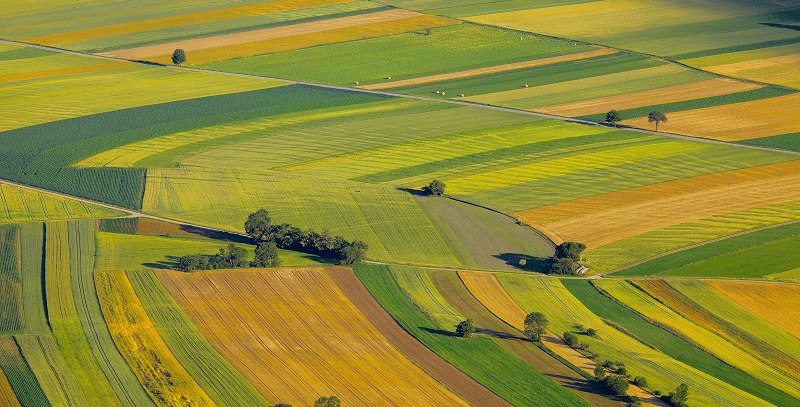What are the benefits of doing a land exchange on the sale of a ranch or farm? That's our topic for this 1031 exchange educational article. We’ll discuss the different parts of farmland and offer some tips for exchanging farmland in a 1031 transaction.
2 Parts of Farmland
Farmers typically have a large plot of farmland that can be separated into two separate sections for tax purposes:
A small homestead where they live
Lots of tillable acreage on which they grow their crops
Section 121 & Section 1031
These two different parts of the farm can have radically different tax treatment. Under section 121 of the Internal Revenue Code there's a principal residence exclusion for the sale of one's principal residence or domicile that would be applicable to the portion of the property the farmer lives in and the little curtilage around that farmstead. The rest of the acreage is eligible for 1031 tax deferral because it's used in the farm or ranch’s business.
So we can have two different tax treatments for the disposition of one farm or ranch. The best strategy is to try to maximize the tax-saving benefits of both. Selling the family ranch in a 1031 exchange (coupled with a 121 exclusion), can bring huge tax savings for you and your heirs.
Farmland 1031 Exchange Professionals
If you’re considering a 1031 exchange of your farmland, you’ve come to the right place. At CPEC1031, we have been facilitating like-kind exchanges of farms for over twenty years. Our qualified intermediaries can work with you through the entire process and ensure your exchange is a success. Contact us today to learn more about the process and how we can help!
Start Your 1031 Exchange: If you have questions about 1031 exchanges, feel free to call me at 612-643-1031.
Defer the tax. Maximize your gain.
© 2022 Copyright Jeffrey R. Peterson All Rights Reserved

